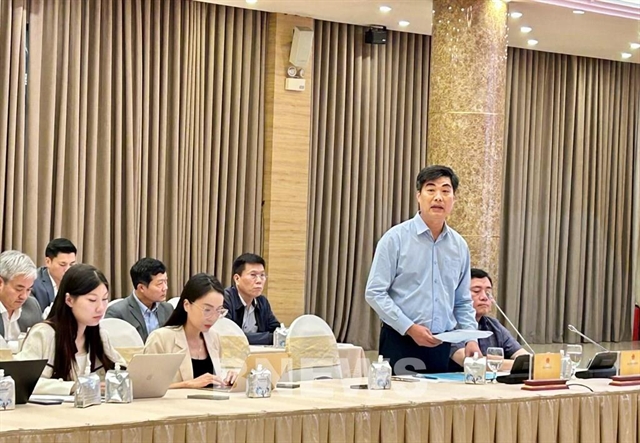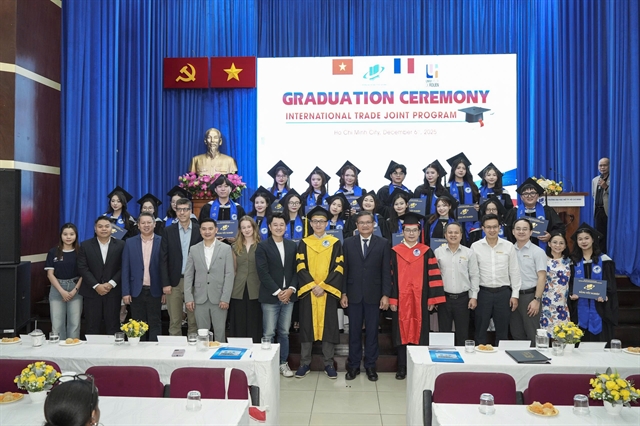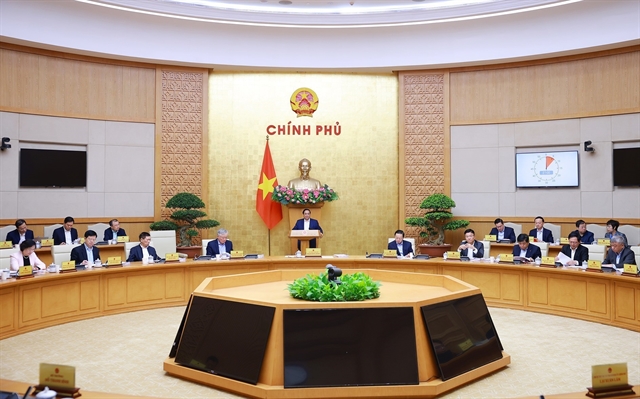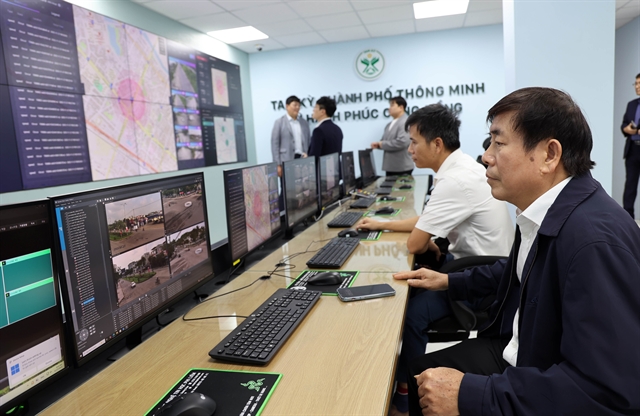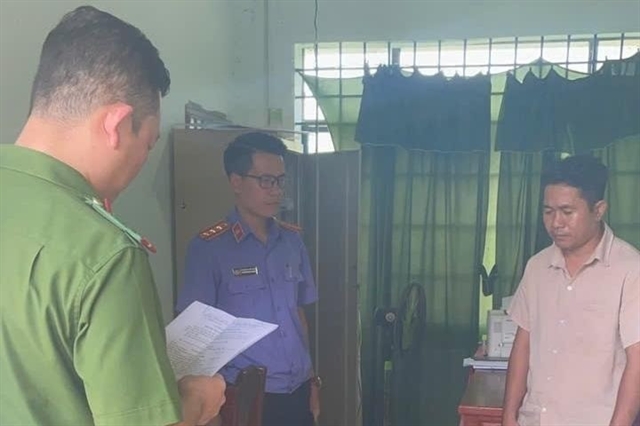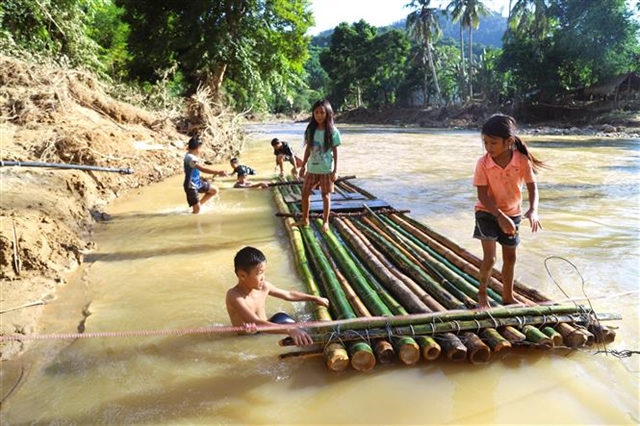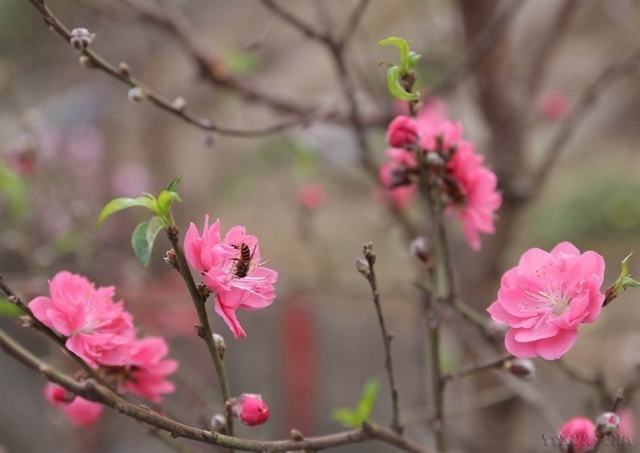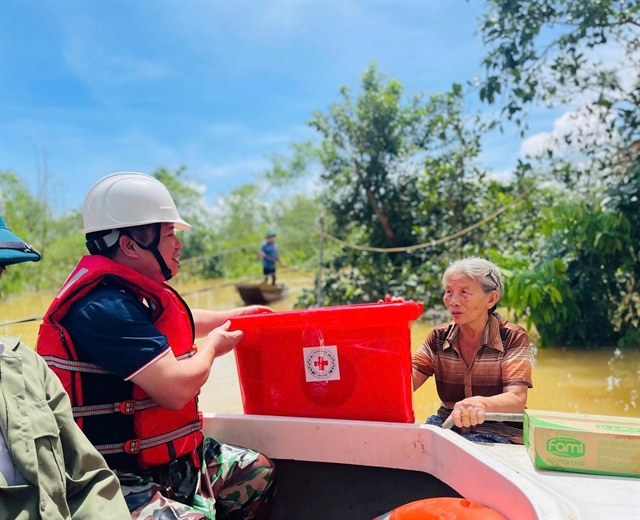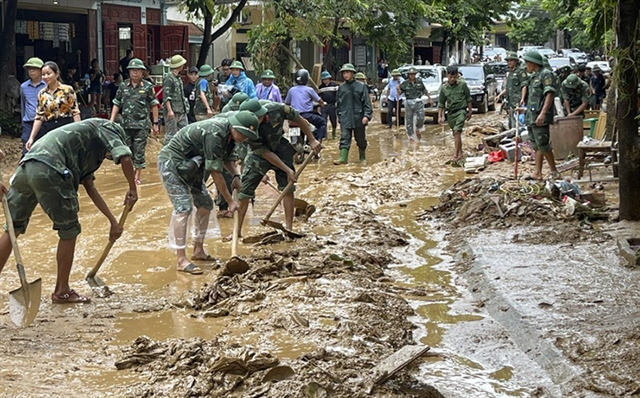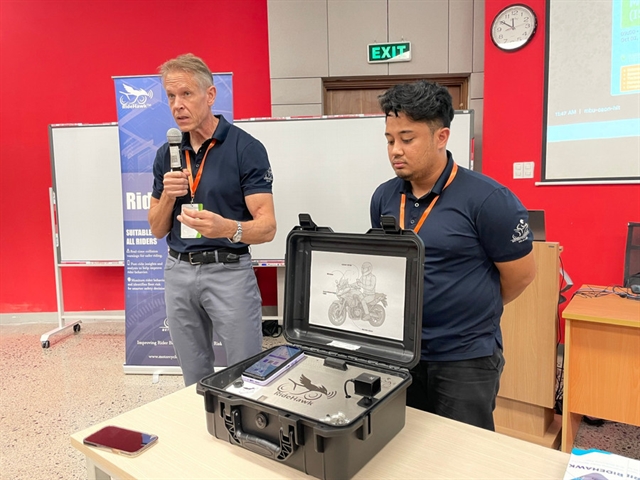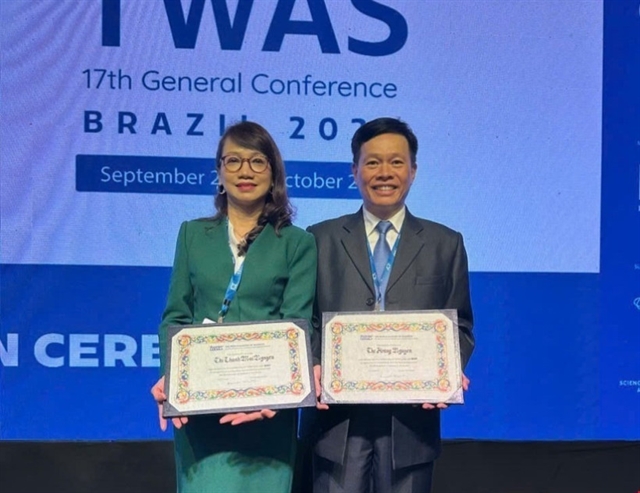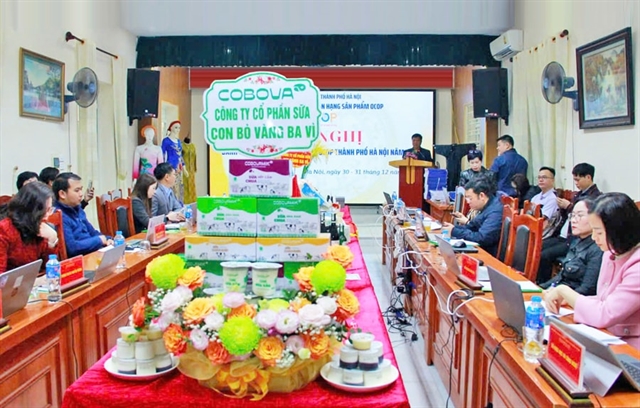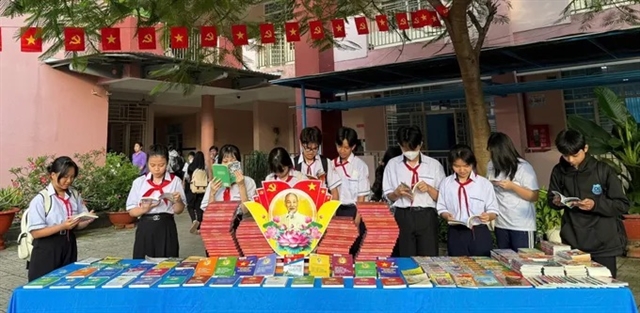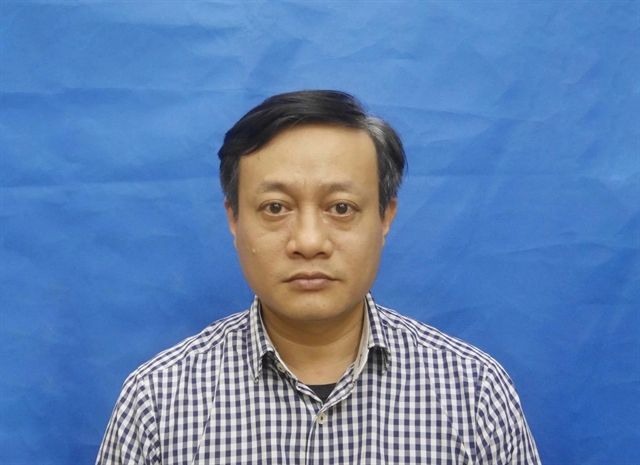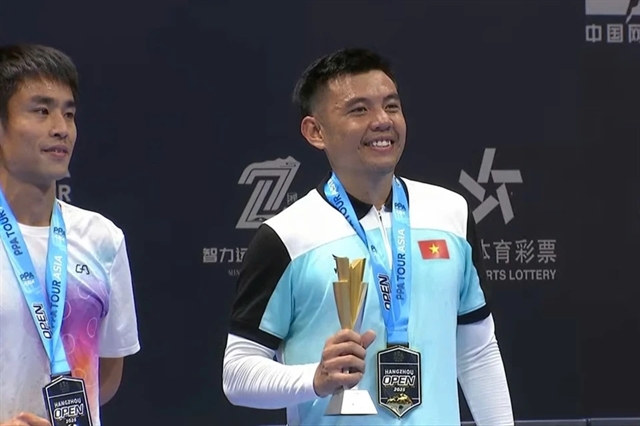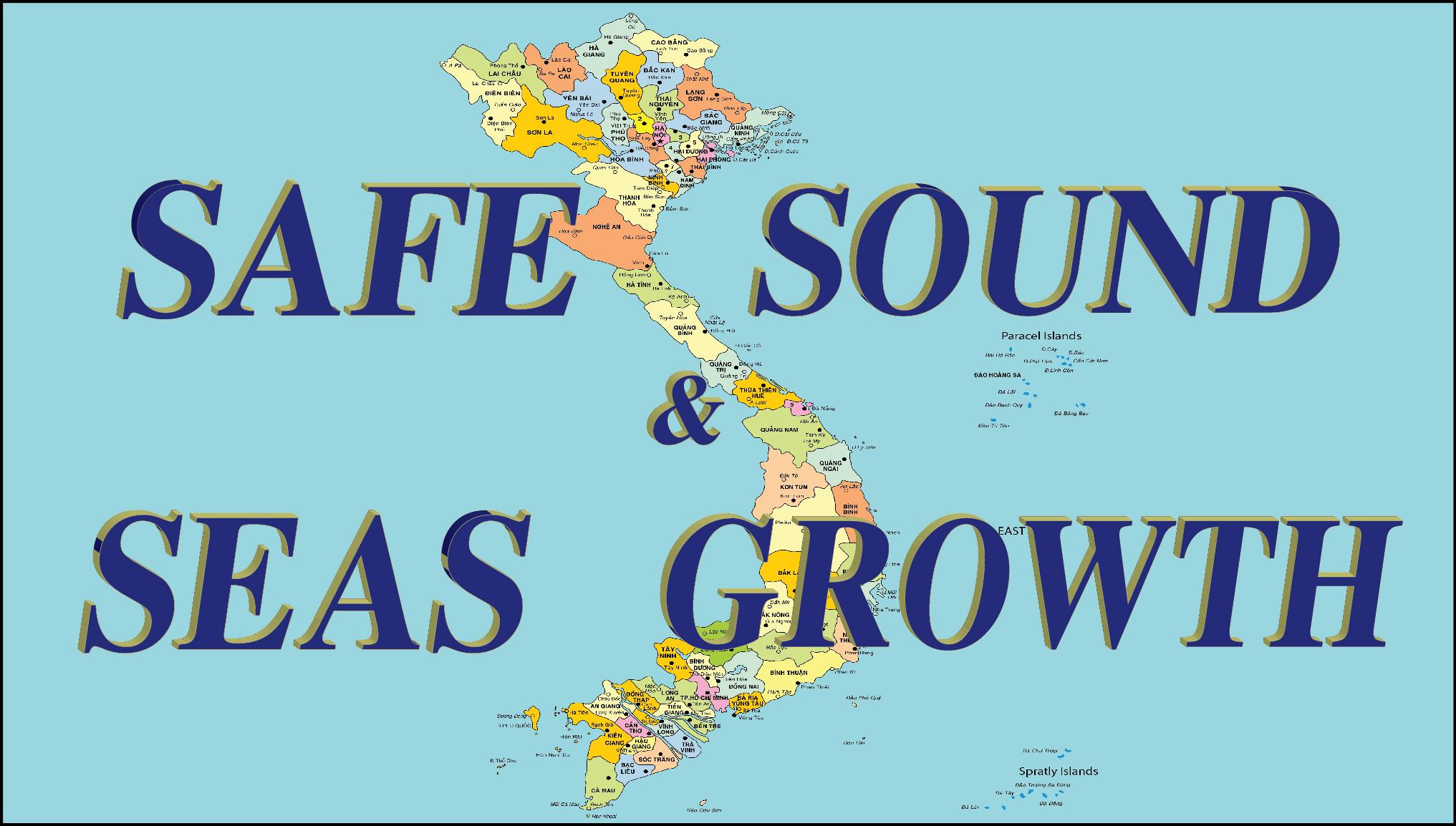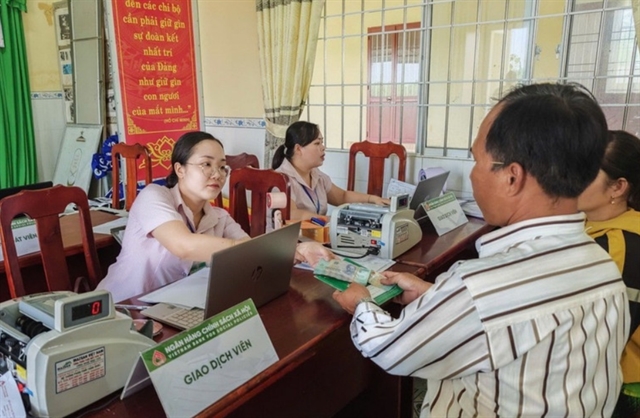
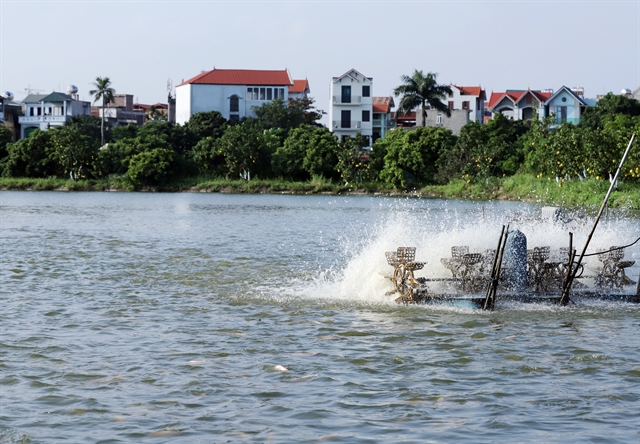
|
| Many farming households in Hà Nội have shifted from traditional fish farmingto integrated aquaculture–fruit cultivation models that emphasise ecologicalsafety. — Photo courtesy of Hà Nội Department of Agriculture and Environment |
HÀ NỘI — Climate change has emerged as one of the most pressing challenges of the 21st century, exerting profound impacts on livelihoods, economies, and food security worldwide.
According to the World Bank, Việt Nam, with its long coastline and agriculture accounting for a significant share of the national economy, is among the countries most vulnerable to climate change.
In Hà Nội, the nation’s political, economic and cultural hub, the challenge is particularly acute. Rapid urbanisation has encroached upon farmland, yet the city still retains a substantial agricultural area.
In recent years, Hà Nội has sought to restructure its crop and livestock production as a strategic solution to build a modern, green and sustainable agricultural sector, aligned with global trends in sustainable development and climate adaptation.
Instead of maintaining large areas of inefficient rice paddies – often prone to flooding or short of irrigation water – Hà Nội has promoted the shift toward higher-value crops and livestock. This transition not only helps farmers increase their incomes but also supports the vision of “multi-value agriculture”: producing food while protecting the environment and creating distinctive products for domestic consumption and international markets.
One notable example is Vân Nam Agricultural Cooperative in Phúc Lộc Commune, where bananas have been identified as a key crop with around 120ha under cultivation. Cooperative director Doãn Văn Thắng said farmers are encouraged to apply advanced techniques and comply with VietGAP standards (Việt Nam’s Good Agricultural Practices).
Thanks to these efforts, the 'Vân Nam Banana' brand now supplies about 30 tonnes of clean bananas per month. The cooperative is also investing in deep processing, producing dried and freeze-dried bananas, with the ambition of achieving a five-star OCOP certification under Việt Nam’s 'One Commune, One Product' programme, inspired by Japan’s “One Village, One Product” initiative, and targeting export markets.
In Co Do Commune, farmer Nguyễn Viết Liêm successfully transformed his traditional fish-farming operation into an integrated aquaculture–fruit production model. Supported by the Hà Nội Agricultural Extension Centre with probiotic feed and new breeds, his fish are now raised under VietGAP standards, yielding higher quality and productivity.
The model generates revenues of over VNĐ400 million (over $15,000) per hectare annually – an impressive leap compared with past practices. It also demonstrates adaptability to climate change, while reducing emissions, protecting water sources, and enhancing the local ecosystem.
As farmland continues to shrink due to rapid urbanisation, Hà Nội has rolled out policies to ease difficulties and create new opportunities. The city is reviewing and updating land-use plans, while encouraging specialised farming zones for fruit, safe vegetables, flowers, ornamental plants, and aquaculture. It is also promoting integrated agriculture–ecotourism models, a trend embraced globally to increase added value.
A striking case is Ứng Thiên Commune, where over 300ha of low-lying, inefficient land have been converted into high-tech farming models. Among them, Đặng Văn Duân’s 'river in a pond' system stands out. Fish are raised in an artificial recirculating water flow, ensuring a clean environment and boosting yields two to three times compared with traditional ponds. This green innovation, encouraged in many developed nations, underscores Hà Nội’s agility in adopting modern technologies.
Beyond aquaculture, flower farming has emerged as a transformative path. In Ô Diên Commune, farmer Nguyễn Văn Xuân pioneered high-tech lily cultivation. Generating between VNĐ800 million and VNĐ1 billion per hectare annually, his model delivers exceptional economic value while serving urban demand and tapping into export markets. This mirrors success stories from Japan and the Netherlands, where floriculture has become a leading sector.
Between 2021 and 2024, Hà Nội converted 3,334ha of low-yield rice paddies into other crops and livestock. Of this, more than 1,000 hectares went to annual crops, over 1,300ha to perennial crops, and nearly 1,000ha to integrated rice–aquaculture systems. This restructuring is a critical step in gradually reducing monoculture rice cultivation while safeguarding food security – an issue of great concern to many developing regions, from South Asia to Africa.
Nguyễn Xuân Đại, director of Hà Nội Department of Agriculture and Environment, stressed that the key to success lies in changing the production mindset: from small-scale operations to value-chain linkages, from individual households to cooperatives and partnerships. This shift ensures that production is tied to processing and consumption, raising the value of agricultural products, reducing risks and enhancing competitiveness in both domestic and international markets.
To support this transformation, Hà Nội has prioritised attracting enterprises to invest in high-tech agriculture, forming an ecosystem that integrates production with logistics, deep processing and market access. This approach aligns with global practices where agriculture is increasingly connected to broader supply chains, ensuring farmers are not left behind in the process of modernisation.
Crop and livestock restructuring is more than an economic adjustment; it is a central pillar of Hà Nội’s agricultural development strategy toward 2030, with a vision to 2045. The strategy dovetails with Việt Nam’s commitments at COP26 to reduce emissions and pursue green growth, while positioning the city to integrate more deeply with global agricultural systems.
By embracing technological innovation, promoting ecological balance and encouraging sustainable practices, Hà Nội is building an agricultural model that reflects international standards while addressing local realities. It demonstrates that even a rapidly urbanising metropolis can maintain green farming spaces, sustain rural livelihoods and contribute positively to global sustainability goals.
Hà Nội’s experience offers valuable lessons for other urbanising regions worldwide. The city’s approach highlights the importance of policy support, farmer participation, cooperative models and enterprise investment. By combining traditional strengths with modern innovations, Hà Nội is proving that agriculture can thrive even in densely populated urban contexts.
As the world grapples with climate change, food security and sustainable growth, Hà Nội’s efforts provide a noteworthy case study: a major Asian city that not only preserves but revitalises its agricultural base.
With persistence and systematic planning, Hà Nội is carving out a future where agriculture and urbanisation can coexist – supporting livelihoods, ensuring food security and advancing global sustainability objectives. — VNS
